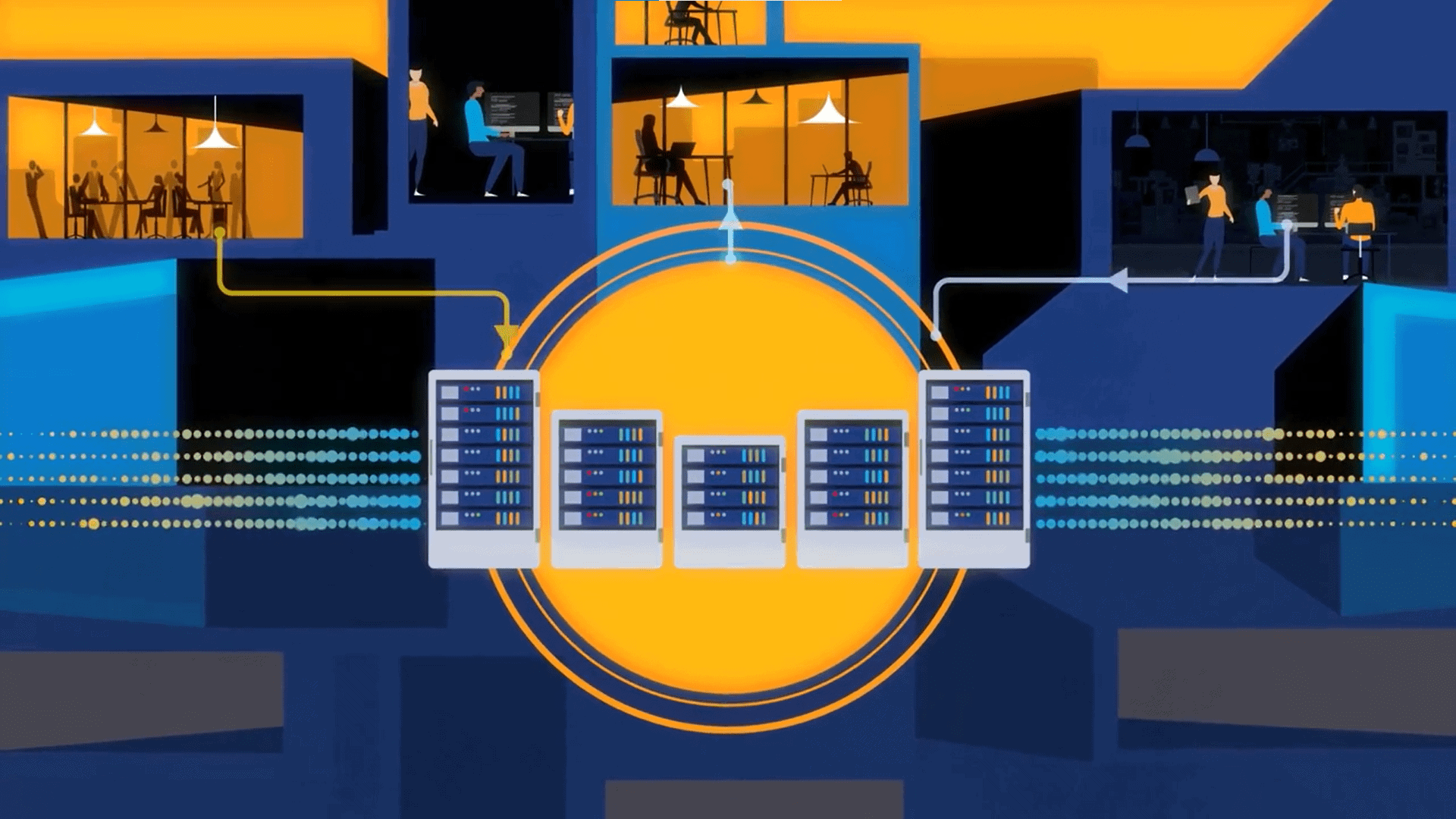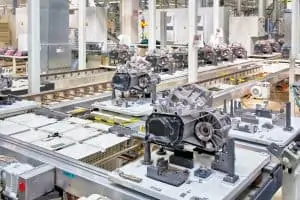
Does every AI application need a human in the loop? No. Of course not. The challenge is determining which applications need human input and when.
Businesses are quickly embracing AI with high expectations of the benefits the technology can deliver. Often cited reasons for using AI are to increase efficiency and productivity, improve decision making, enhance customer experience, reduce costs, and more. And there are many emerging high-end applications, such as self-driving cars, smart manufacturing, financial predictions, and precision healthcare. Regardless of the use case, one thing that is often neglected is the role of a human when using AI.
Ideally, a business should have faith in AI once it has been properly trained and tested. But there are numerous cases where that just does not work out. A prime example is hallucinations in GenAI output. The best practice when using GenAI to create content is to have a human, preferably a subject matter expert, review the output before releasing it.
Additionally, there have been many cases where self-driving cars would have greatly benefited from human oversight. Beyond crashes that could have been avoided with human input, two cases last year highlighted the difference a subtle touch by humans would make in the outcome.
In one case, a self-driving car did everything right, but the conditions in which it operated mandated a different action than the AI-enabled autonomy was programmed for. The case involved a woman trapped in a Waymo car by two men who stood in front of her car and demanded that she give them her number. The car did the correct thing and did not run over the men in front of the car. A human operator would have detected the harassment and driven round the men and driven away.
In another case, a driver was trapped in a self-driving taxi and almost missed his flight as the car repeatedly circled an airport parking lot. Again, human intervention would have quickly ended the situation.
Perhaps my favorite example of errors generated by taking AI results for granted involves the appearance of the phrase “vegetative electron microscope” in scientific publications. The phrase has no meaning. But it was found to appear in dozens of articles. An investigation by Retraction Watch came to the conclusion that the origin of the term was likely due to an OCR mistake in reading and interpreting a two-column article. The word “vegetative” was the last word in the left column of a row and the words “electron microscope” were the first two words in the adjacent right column.
See also: Reports of the AI-Assisted Death of Prose are Greatly Exaggerated
Human in the loop issues are not new
Does every AI application need a human in the loop? No. Of course not. The challenge is determining which applications need human input and when. The issue is not specific to AI. It is an issue that businesses have dealt with for decades as they automated processes and tasks.
In the past, things that led to unexpected problems (like men standing in front of an autonomous taxi to harass a passenger) were the result of not properly defining a task or neglecting different aspects that might impact an operation. A classic example of this in the era of automation is what is commonly called the Doorman Fallacy.
As the story goes, consultants for a large hotel determined that the hotel could save money by replacing its doormen with automated doors. The problem is that they too narrowly defined the job done by the doormen as simply opening a door as people entered and exited the hotel.
It turns out the doormen provided many other valuable services to the hotel guests. They answered questions (where is a good place to get lunch?). They recognized and happily greeted returning guests. They helped people get into and out of taxis. Their presence kept undesirables away from the front of the hotel.
You get the picture. The doormen provided unmeasured value to the hotel. All of these unrealized benefits were gone when the doormen were replaced with automated doors. The human touch was the differentiator.
When does AI need a human in the loop?
Certain types of AI applications and use cases do not need heavy human oversight, while others do.
Some examples of applications where AI can operate on its own with no or minimal human intervention include predictive maintenance, anomaly detection, document summarization, and image recognition. Use cases that need a human in the loop include autonomous vehicles, customer services (combining chatbots with human agents), and content generation.






























